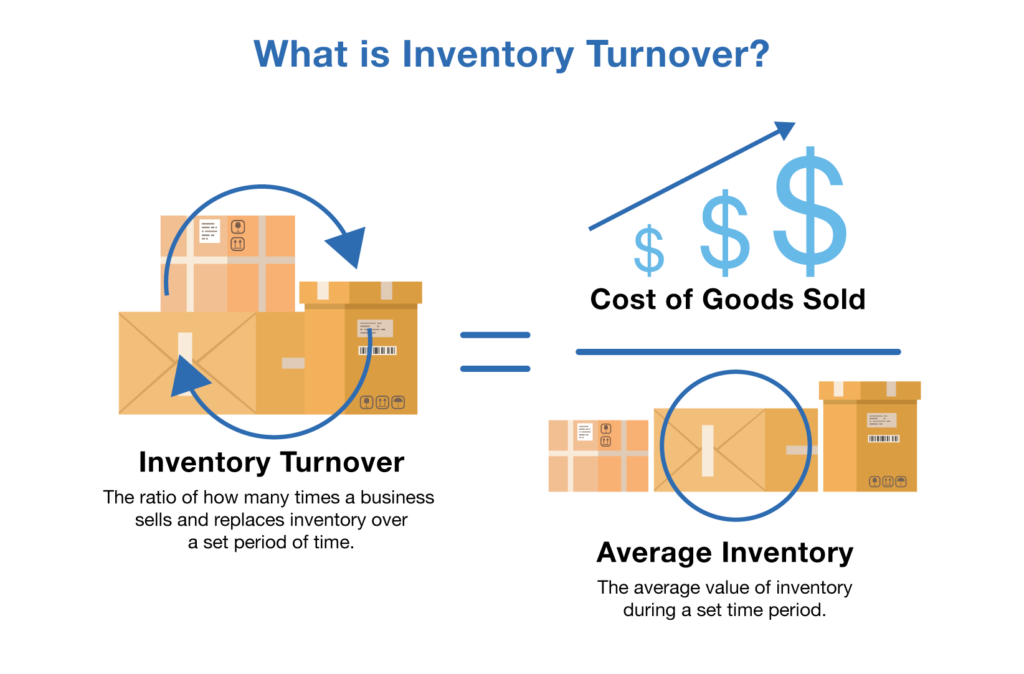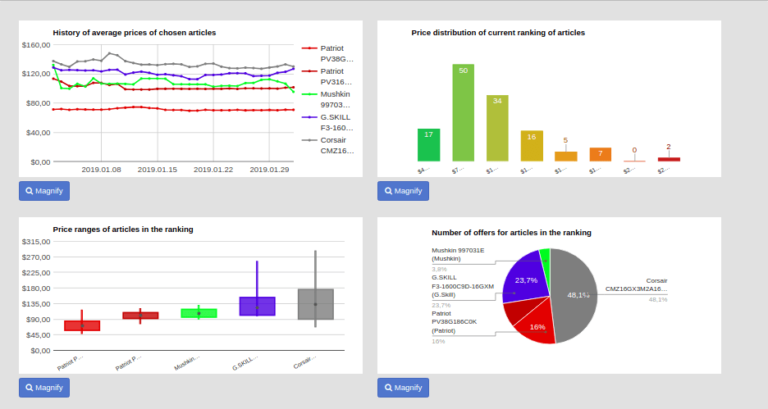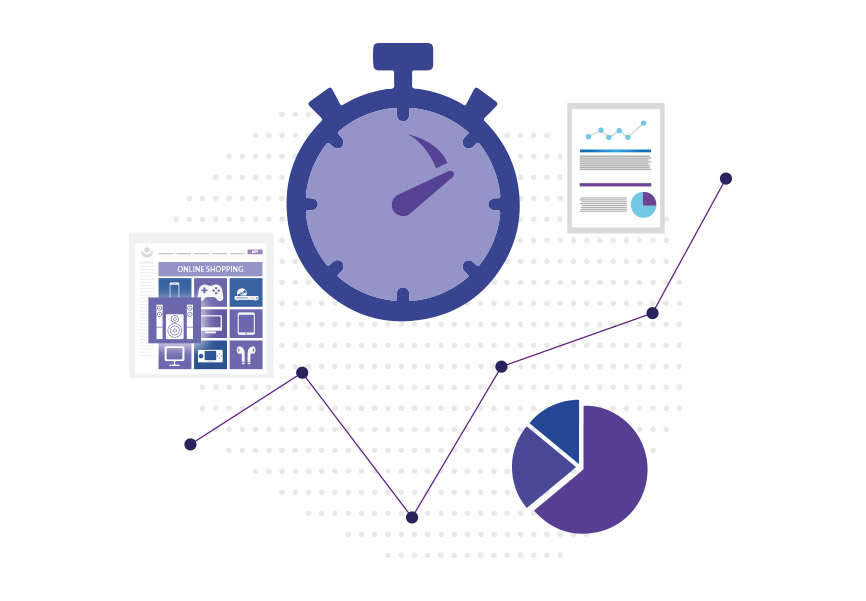Inventory turnover rate and goods rotation: fast-moving and slow-moving items – Why are some of your products not selling?
- 04 May 2023
Are you scratching your head, wondering why some of your products are not selling? If so, you may want to look into how quickly goods move from the warehouse and forecourt shelves in inventory turnover. The faster goods move off shelves, the higher the profits can be, while slow-moving items can have a significantly detrimental impact on stock levels and overall profitability. In this blog post, we will explain what inventory turnover rate is and how it affects goods rotation – all of which play an important part when considering why some items aren’t selling!
Fast-moving and slow-moving items: Why low-turnover products can become a problem for sellers
Products that are slow or not selling at all can be a big problem for retailers for a number of reasons. First, they take up valuable storage space that could be used for other products. Second, they represent a missed opportunity to sell something that may be in greater demand. Third, slow-moving products can make your business appear outdated or stuck in the past. They often give the impression that the respective online shop is sticking to long-gone trends and is not oriented toward innovative solutions and products. Of course, a high inventory also causes high storage costs and the unsold assortment with a long shelf life becomes frozen capital. For these reasons, it’s important to divest slow-selling products as quickly as possible and implement thorough inventory management.
Get rid of slow sellers: how you make room in the warehouse and increase the rotation of goods
There are a number of methods retailers can use to get rid of slow sellers quickly. One method is discounts. It involves lowering the price of the product over a period of time to encourage customers to buy it. Another method is price bundling. It packs the product with other products in a set and offers it at an attractive price to make it more attractive to the customers. The combination with a suitable top seller can often work wonders and reduce the average inventory that slow-moving items take up. In our blog post, we have discussed in detail which methods are available to increase the sales speed in retail in order to create space in your warehouse.
Sales figures analysis: why are your products not selling?
Detailed analysis is necessary to understand why a product isn’t selling well so you can make informed decisions about how to get rid of the product. There are several factors that you should consider in this analysis such as seasonality, competition, price, and customer demographics. Once you’ve performed this analysis, you’ll be in a better position to make decisions about how to get rid of your hard-selling products. Many companies sit on large amounts of slow-moving inventory, and tying up working capital and tying them down prevents them from being agile in the market.
In some cases, this is due to changing consumer demand or the introduction of new products that make older products obsolete. In other cases, it may simply be because the company overestimated customer demand. Whatever the reason, slow-moving inventory can be a major problem for businesses. Not only does it tie up valuable resources, but it also takes up warehouse space and can make it difficult to quickly find and ship other products. It is therefore important for companies to keep an eye on their stock levels and ensure that products that are slow-moving are sold rather than lost. Inventory turnover can be calculated using a relatively simple formula.

Source: https://www.bluecart.com/blog/inventory-turnover-ratio
The wrong approach to slow-moving items means lost sales and additional costs
When faced with low-volume products, many retailers take a wait-and-see attitude. They anticipate that consumer demand will one day recover, or that a new fad will reignite interest in the product.
However, this strategy often results in lost sales and missed opportunities. A better approach is to take proactive steps to get rid of lower-selling products. One way to do this is to lower the prices of the products below the market level and sell them on closeout portals or donate them.
Another way to boost sales is to use an automated price monitor like Dealavo. This tool can help you identify sell-out opportunities and ensure you’re always getting the best possible prices for your products. By acting decisively to rid your store of low-selling items, you can free up shelf space for more popular items and improve your bottom line.
Price monitoring: the key to success in research and product launch
Launching a new product on the market can be a risky proposition. There’s no guarantee customers will want to buy it, and even if they do, there’s no guarantee you’ll be able to sell it for a profit. That’s why it’s important to use a tool like Dealavo and get an overview of the market situation and the pricing strategies of the competitors.
Dealavo allows you to monitor the prices of products, so you can instantly see in which price range a product is being sold by the competition. This way you can avoid introducing products that are priced too low or too high. If you realize that a product is being sold at a very low price, or is constantly on sale, you should refrain from introducing it.
You can also use Dealavo to track your competitors’ prices and make sure you’re always offering the best value for money, thereby attracting potential customers to your offer rather than the competitor’s product. Thanks to price monitoring, you can avoid costly mistakes and ensure that your products are always profitable.
In addition, you can introduce your own price rules, which not only enable you to use dynamic price management in online trading but also simplify it. If you would like to test the tool for free, register for the demo version.
Conclusion: Products that are difficult to sell result in lost sales and influence the development of your company
Keeping your inventory fresh and turning your products as quickly as possible is important to you as a retailer. But what do you do with the products that don’t seem to be selling? In this blog post, we’ve looked at products that are slow to sell and why they’re a problem for retailers. We also talked about some methods retailers can use to get rid of underselling products. Finally, we discussed why detailed analysis is necessary to understand why a product isn’t selling well.
Remember that products that are slow to sell can be a big problem for retailers because they take up valuable inventory space and represent missed opportunities. To avoid misjudgments when launching products in the future, you should use a tool for automated price monitoring. The Dealavo price monitoring and a repricing tool are ideal for this.




